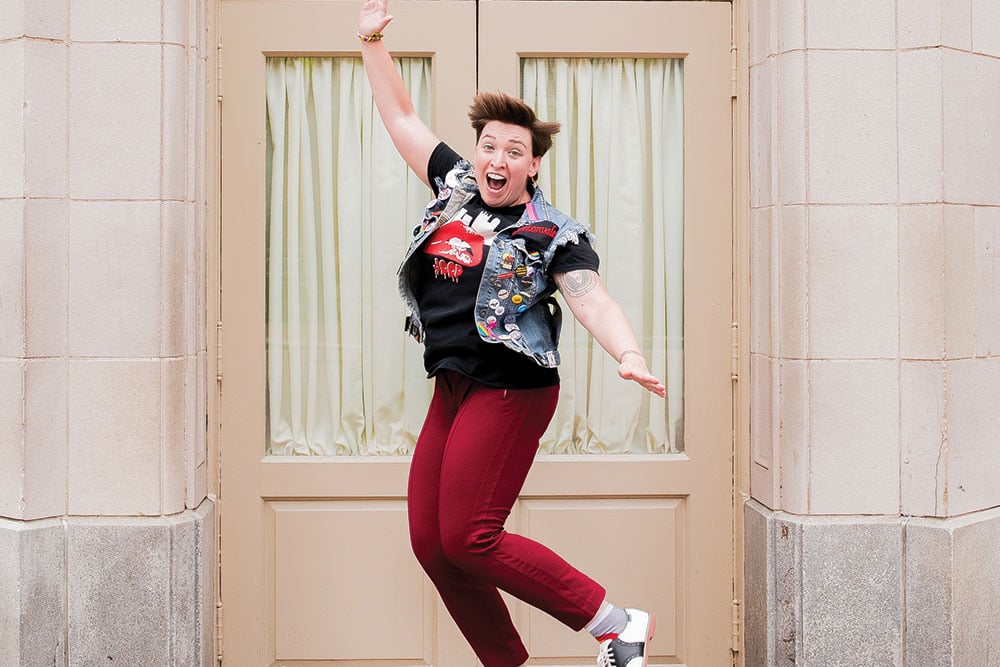Movie Review: Inside Out 2
New feelings take over as the complexities of adolescence are rendered in thoughtful and often hilarious detail.
As children grow up, new feelings start to arise.
Whereas the emotional range of the pre-pubescent child is mostly dominated by happiness, sadness, anger and fear, the psychological makeup of even a pre-teen becomes influenced by feelings of anxiety, envy and other nuanced feelings. For many, the newness of these feelings may inflate their overall importance, leading to an ego dominated by anxiousness or ennui.
I assure you: I’m not opining on child development. I’m telling you what happens in “Inside Out 2.” It’s Pixar, not philosophy — though those two are often comfortable bedfellows.
In the first “Inside Out,” wide-eyed Riley and her five core emotions (Joy, Sadness, Fear, Anger and Disgust) learned how to balance feelings and grow a personality. Now, Riley is a teenager heading to a new school; she’s desperate to impress the older students and make the varsity hockey team.
Unfortunately, those new emotions are showing up. Even as Joy (Amy Poehler) and Sadness (Phyllis Smith) think things are under control — complete with an elaborate memory-repression gadget — a quartet of newcomers begins vying for control of Riley (Kensington Tallman). Ennui (Adèle Exarchopoulos) commands Riley to disinterest; Envy (Ayo Edebiri) makes the teen pine for the life of a confident athlete; Embarrassment (Paul Walter Hauser) takes over at every faux pas; and leading the pack is Anxiety (Maya Hawke), who has a complicated plan to ensure Riley’s social success — or give her a devastating panic attack. Whichever comes first.
The original emotions will find themselves exiled and on a quest to restore Riley’s sense of self while the newcomers turn a weekend-long hockey camp into a minefield of uncertainty. When the script — by Meg LeFauve, who co-wrote the original, and Dave Holstein — tries to turn the symbolism into action, it can be clunky (a watery traversal of the “stream of consciousness” accomplishes little). But when “Inside Out 2” focuses on thoughtfully rendering inner turmoil through its cartoon emotions, it’s brilliant.
Many of the film’s jokes may land more with adults than anyone else; a sequence spent uncovering Riley’s secrets, for example, involves a meeting with a forgotten video game character whose design is straight out of 1997, not an era more timely to current teens. But for those viewers who are currently awash in the tumult of adolescence (and those who remember it clearly), “Inside Out 2” feels remarkably true.
Only one problem: There’s a missing emotion. Anxiety, embarrassment, ennui, sure … but who’s missing from the teenage feelings set?
I know we couldn’t have personified lust in a family feature, but perhaps we could’ve named it amour?
My Rating: 7/10
“Inside Out 2” is now playing in theaters.















